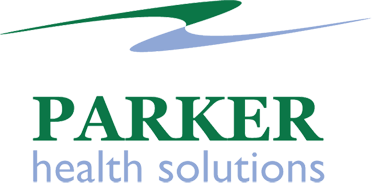Milk – Does a Body Good or Harm?
Should you drink your milk? Everyone from dairy advertisers to doctors and even your mom told you to “drink your milk it’s good for you.” Is that really sound advice concerning your health? The answer for most of us is no if our source of milk is the local megamart.
Why? Milk is a processed food. Ignoring for a moment the methods employed to grow the cows and extract as much milk as possible, let’s focus on the pasteurization that is employed to save us from the “dreaded bacteria.” Pasteurization can kill most of the detrimental bacteria present in milk but it also kills all the beneficial bacteria that are also there and who protect us from the very organisms that pasteurization is also designed to do. The high heat of pasteurization also denatures the delicate protein structures destroying the enzymes without which milk becomes very hard for us to digest (how many times do you hear “I’m lactose intolerant”). Our pancreas can not always handle the burden of secreting enough enzymes to break down the milk and overtaxing the pancreas to do such work can lead to diseases such as diabetes. Megamart milk is also homogenized. What is wrong with that? Homogenized milk is the result of buttermilk that is forced through very tiny tubes at very high pressure to change the shape, size, and clumping ability of the fats naturally contained in milk. This process renders the fats altered and subject to rancidity and we all know that altered fats are hugely popular with regards to their unhealthy factors. Homogenization also enable a particular enzyme (XO – xanthine osidase) present in cows milk, to be absorbed by humans. Normally we cannot absorb this enzyme but altering the fats by homogenization allows this. XO is strongly linked to heart disease. Sometimes the butterfat is totally removed leaving skim milk. This may be even worse than whole milk because without the butterfat many of the vitamins and minerals in the water portion of the milk cannot be utilised so specific nutrients like vitamin D2 are added back. This synthetic vitamin D2 is known to be toxic to the liver, this is not a good way to get your vitamin D. 1% and 2% milk have non-fat dried milk added which has oxidized cholesterol in it which is know to promote inflammation and lead to heart disease. It is also very high in nitrites due to the spray drying process.
Bovine growth hormone (BGH) while forcing the cows to produce 20-30% more milk than naturally possible, also increases IGF-1 insulin like growth factor 1 that is absorbed very easily by humans. IGF-1 is know to promote the rapid growth, progression and invasiveness of cancerous tissue and is especially effective at transforming human breast cells cancerous. We also absorb some of the BGH directly from the milk promoting our own production of IGF-1. The list of problems with BGH goes on and on. So why are all these processes done to milk? First, the BGH allows much more milk to be squeezed from every cow increasing profitability and ease to the mega farms. Second,homogenization keeps the cream from rising in the container maintaining shelf aesthetics for the stores and consumers. Finally, pasteurization is mainly for degrading the enzymes responsible for curdling the milk, greatly increasing the shelf life. The bacteria killing action is incomplete (milk ultimately still goes bad) but also the natural good bacteria in the milk is already there to keep the bad in check. The other interesting benefit of pasteurization for the mega farm is that the standards of cleanliness can be more lax as those unintentionally included bacteria should be killed in pasteurization. A modern dairy cow subjected to filthy conditions and is commonly infected especially around the udders leading to contaminants being included in the milk.
So what to do, should you drink milk? We say no as all the nutrition possibly in milk can easily be obtained from other sources. If you really like milk or believe you need the concentrated nutrition it CAN provide, by all means find a local farm that produces healthy organic raw milk and drink up. The Realmilk.com website has some great information on finding raw milk as it is obviously not as readily available.
